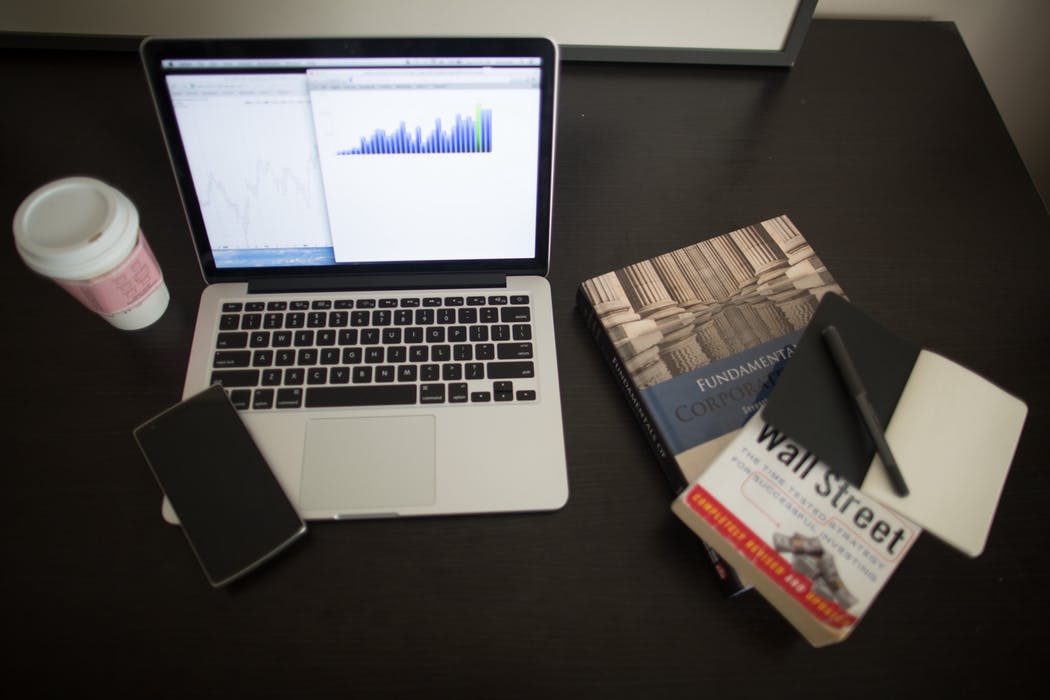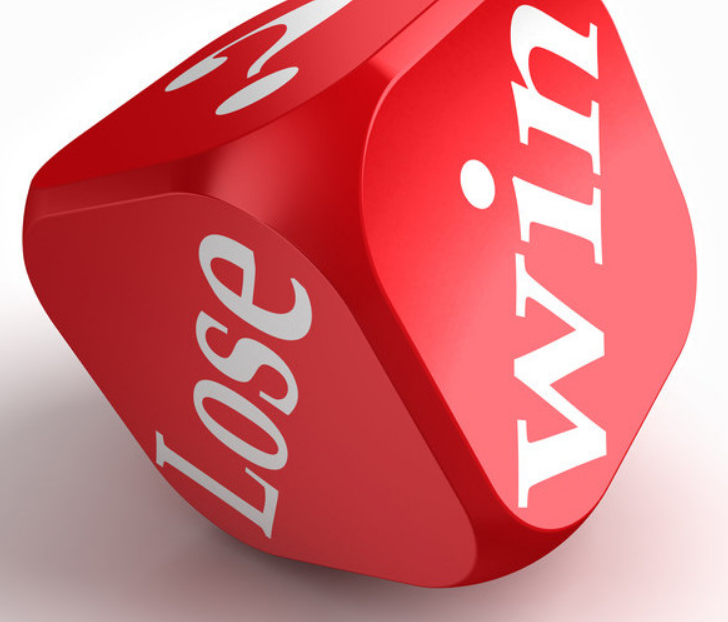I’d like to share with you a frequently overlooked source of profits from your trading. It’s a simple concept yet so very important if you expect to be able to continue trading for any length of time! The concept is that of controlling both the number of losses you have and the dollar amount of those losses. I realize that statement sounds so obvious that you might be tempted to put this article away in favor of a night of Netflix, but please stick with me here. I’ll share some things with you that you probably don’t expect to find here!
To better visualize the concept I’m describing, picture a large washtub, the kind you probably remember from your childhood. Now imagine the difficulty of filling the washtub if it has several ‘six-inch’ holes in the bottom! No matter HOW MANY garden hoses you have filling it up, the water is running out faster than it’s going in!! Now imagine plugging each of the holes, one at a time. Plug the first one and the difference is almost imperceptible. Plug the second hole and you begin to notice that there is less water splashing on the ground. Plug the third and you actually may see the water level in the tub begin to rise … just slightly, perhaps, but rise nonetheless! Plug ALL the holes but one and the difference becomes measurable! Now that you’re down to one hole, let’s begin to repair it a piece at a time. First we cover HALF the hole … while the tub still leaks, you can now tell there’s more water going INTO the tub than running out the bottom. Patch half the remaining leak and you begin to adapt to the idea that it’s OKAY if a little water comes out, just as long as there’s more going in than coming out!
Our trading accounts are something like that. Most new traders have HUGE trading account “holes” and the money is draining out faster than they can replace it! No matter how profitable they are on some of their trades, they just seem to give it all BACK! If we’re smart about our trading when we notice that, we’ll STOP trading until we find the challenge and FIX it! What I’m describing are the DIRECT results of FOCUSING on the profits and almost totally forgetting about controlling the losses. There are many reasons for that but despite the reason, the results are the same. Left unchecked, such a situation will take us totally out of the trading business in a very short period of time! Does this describe you and your trading account? Would you like to know how to ‘FIX’ it? Let me share with you four RULES for trading which directly address losses and if followed, can ‘plug’ many of your profit leaks!
RULE 1. Wait for the stock to CONFIRM the anticipated direction before entering the trade
This rule can decrease the NUMBER of losses you experience. As simple as that sounds, it’s one of the most often violated principles of good trading habits. So often is this rule broken that we are all familiar with cute little descriptions such as “catching a falling knife.” What you use for this confirmation is your own affair; price rise or fall, momentum, frequency of trades or bid / ask “size” are just a few ways. Personally I combine them all (more or less), developing a ‘feeling’ about the confirmation, rather than a measurable quantity. However you choose to define confirmation, let experience be your best teacher here and do NOT enter the trade until you’re convinced the stock is moving your direction!
RULE 2. When you are filled on the entry, place a STOP loss to minimize your potential for loss.
This rule controls the AMOUNT you can lose on any one trade. I like to use about 1/2 of the stock daily movement for my stop loss amount. For example, if a stock price moves on average, say $1 every trading day, then I’ll back off 1/2 of that, or 50 cents and place my stop loss there, limiting the losses possibly incurred on that trade. Whatever you use, be FAITHFUL in adhering to the protection afforded by the stop. In other words, DON’T CHANGE IT. If you’re stopped, you’re stopped. He who trades and runs away lives to trade another day!
So much for minimizing the NUMBER and dollar amount of losses. Equally important is allowing your profits to maximize AT THE SAME TIME! Here’s how to do that.
RULE 3. When you become profitable in a trade, replace the stop loss with a TRAILING stop, trailing by that amount of profit.
Say you’re up 25 cents in a trade and you have your stop loss in at 50 cents below your entry (on long positions). Replace the stop loss with a 25 cent trailing stop. At THIS point, you’re WORST CASE outcome for the trade is BREAKEVEN (give or take a couple of pennies)!!! You have virtually NOTHING to lose and EVERYTHING to gain from that point on!
RULE 4. Leave the trade alone from this point on!
The market overall will do a much better job of managing the trade (with the above rules observed) than you or I EVER could! Once you’ve reached the MAGIC POINT in your trade, just go away and do something else. Your trade is on autopilot!








